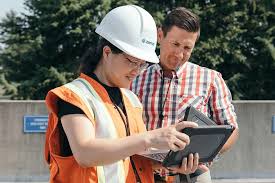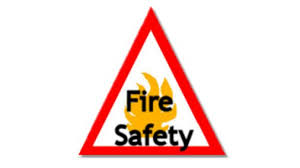 February 2020
February 2020
High-rise residents want to be secure while confident that major equipment will continue to operate as expected. Elevators, boilers, security and fire systems, and garage doors all present risk to safety or inconvenience when there is even a temporary failure.
Condo corporations are required to be in compliance with safety standards. Mandated inspections of one type or another are undertaken every month. Inspections are generally undertaken by contractors employed by the corporation with inspection reports prepared and submitted in accordance with various laws. Typically there is a report after each inspection that identifies deficiencies to be addressed. It is the responsibility of management or the board to review these reports and resolve identified deficiencies.
Regular inspections identify components that break down or wear out before major problems affect operation. Completing maintenance and repairs when deficiencies are noted during an inspection, rather than waiting for equipment failure, extends the life of equipment and reduces maintenance costs. Waiting too long usually results in more problems and greater cost.
If you don’t schedule time for maintenance, your equipment will schedule it for you
Condo boards deferring necessary work because of financial constraints or a refusal to increase condo fees may be in breach of their fiduciary duty.
Elevators, one mandated inspection item, are inspected and tested multiple times per year as specified in a service or maintenance agreement. Records should be maintained by the condo corporation detailing each inspection, result and follow-up work undertaken. A similar approach is taken for boilers, emergency generator, HVAC equipment, fire and life safety systems, and even building exteriors. The purpose of most inspections is to ensure the specific equipment or system is sound, secure and not dangerous.
Many items that do not have mandated safety inspections should also be monitored. Damaged curbs, building foundation cracks, railings, windows, steps and balconies should be monitored as they age. Areas of potential concern should be photographed, dated and placed in a binder so that degradation over time can be monitored and new changes noted.
When deficiencies, maintenance or repairs are noted and not addressed the safety of people is put at risk.
Find Vendors in these Related Categories
- Air Quality
- Building Sciences
- Cleaning & Janitorial Services
- Cleaning Services - Ducts
- Cleaning Services - Windows
- Contractors - Electrical
- Contractors - General
- Contractors - Mechanical
- Door & Lock Services
- Elevator Services
- Engineering Services
- Fire Protection
- HVAC
- Maintenance Services - General
- Mould Detection & Remediation
- Odour Control
- Painting
- Parking Management/Cleaning Services
- Paving, Concrete and Epoxy Coatings
- Pest Control
- Plumbing Services
- Pressure Washing
- Restoration Services
- Roofing
- Roofing - Green
- Security Services and Technologies
- Snow Removal Services
- Superintendent Services
- Waste Services
- Water Proofing & Systems
- Window Replacement/Repair







